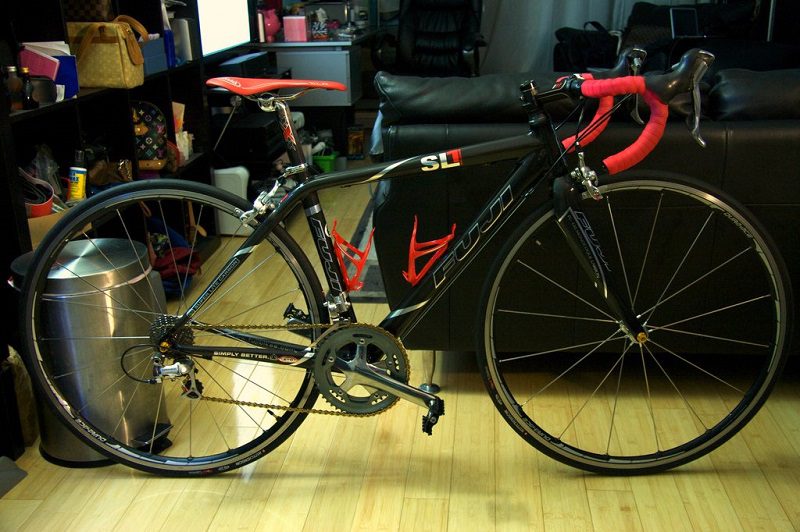Do not tap/bang on your frame. It's useless.
Bike frames are typically made from thin laminate with localised thicker areas at the higher stress joins. Bonded parts are limited in modern frames and typically no honeycomb core is used in the way some aircraft panels are constructed, with the exception of some disc wheels. On frames with bonded parts at the tube junctions such as imternal or external lugs, the compound curvature geometry and laminate thickness at the lug areas as well as the tube shapes contribute to getting unreliable information from a tap test. The damage also needs to be above a critical size dependant on the geometry of the inspected area, hence a 5mm defect in a seat stay that is only 10mm wide would probably not be found but will have a large effect on the structural integrity. Other factors such as internal joins, fillers and inserts will also affect the ability to get meaningful results.
So as you can see, the tap test method on its own is not able to reliably detect damage in these type of parts.

carbonbikerepair.co.uk
Simple answer. No! (not really)
Why? Coin testing on carbon fractures is still used on surfaces such as helicopter blades to pre test before detailed inspection. These surfaces are flattish and more uniform. It is easier to tell the difference. Still I would prefer a better inspection if I am honest!
Bike frames/ forks and wheels are complex shapes. These shapes change pitch in any given direction or thickness. For example if you tapped over a lugged area you would think the bike was about to fall apart…Even paint thickness’s change depending on where the concentration of paint is.












